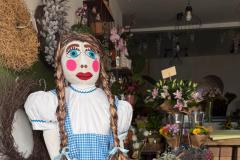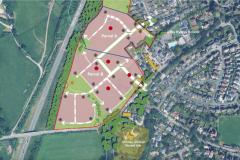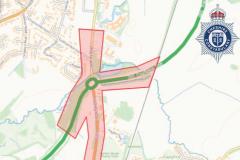Above is the eleventh in our series challenging readers to identify where in Alderley Edge, or the surrounding area, particular photos were taken.
Do you know where this photo was taken? If so, please use the comment box below to provide your answer.
We will hold off publishing any comments for 24 hours so we don't give the game away.
If you have any suggestions for this feature, or photographs of your own, please do email them to me at [email protected].
If you click on the tag below 'Alderley Edge Photo Challenge' you can see the previous photos published.









Comments
Here's what readers have had to say so far. Why not add your thoughts below.
This week’s photo was taken at the lych gate at St Philips & St James church.
Local historian and ex church warden, Michael Scaife has kindly provided the following information.
The carving is of a pelican pecking its own breast which is a symbol of the Atonement. The pelican was believed to draw blood from its own breast to feed its young.
The lych gate was erected in 1908 as one of a number of enhancements to the church from funds raised at the time of the 50th anniversary of the opening of the church in 1903. Others were the building of the present vestry, the removal of a screen at the front of the chancel and the mosaic tiles of the chancel floor.
It was designed by Percy Worthington, the brother of Hubert Worthington who designed the War Memorial. The worthingtons were a noted family of architects."
Lych is an old word meaning a corpse and in medieval times lych gates were placed at the entrance to churchyards so that the priest could meet the body of the dead person, which in those days would be buried in a shroud rather than a coffin, and would conduct the first part of the service there. That is why a lych gate, unlike an ordinary gate, has a roof.